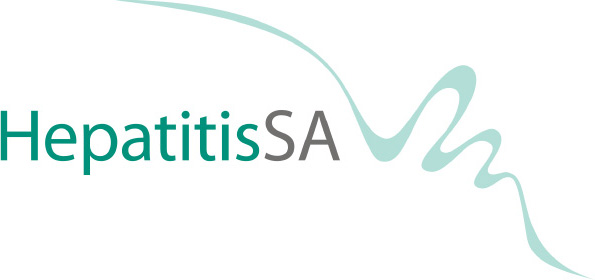
Half a million Australians are living with the burden of viral hepatitis B and C. More than 1,000 Australians die every year due to serious hepatitis-related liver disease. Simple actions could save thousands of lives.
Time for action to end stigma and discrimination
- Stigma and discrimination continue to prevent people living with chronic hepatitis B and C from accessing vital health services. Government funding for anti-discrimination campaigns is vital to create a culture of non-discrimination, which encourages good prevention practices, increased testing, greater use of liver check-ups and access to treatment.
- Governments, communities and healthcare providers have a role to play in ensuring that hepatitis is regarded as a treatable liver health condition.
Time for action to expand hepatitis prevention programs
- Needle and syringe programs provide a cost-effective way to prevent transmission. Governments need to ensure that prevention programs, including those in correctional settings, are increased and fully funded.
- While childhood hepatitis B vaccination rates are good, governments need to support consistent access to free hepatitis B vaccination for all adolescents and adults at risk.
Time for action to increase hepatitis testing
- Doctors need to offer hepatitis B tests to anyone born overseas in a country where hepatitis B is prevalent (or who have parents from these countries) or who are of Aboriginal or Torres Strait Islander descent.
- Doctors should offer hepatitis C testing to anyone potentially exposed to the virus.
Time for action to improve access to regular liver check-ups
- Everyone living with chronic hepatitis B or C should have regular liver check-ups, which are easy to carry out, don’t hurt and are the simplest way to monitor liver health and ensure treatment starts before it is too late.
- Governments need to ensure that liver scans are available to all people living with chronic hepatitis B and C.
Time for action to increase hepatitis treatment rates
- Less than 5% of people living with chronic hepatitis B – and only 1% of people living with chronic hepatitis C - receive treatment each year.
- Hepatitis B medicines can now be collected from any pharmacy or healthcare provider. It is vital that communities and healthcare providers are aware of, and benefit from, this change.
- New interferon-free therapies are becoming available for hepatitis C, making it possible to cure hepatitis C without the terrible side-effects of the older treatments. It is vital that all Australians have affordable access to the new medicines at the earliest opportunity.
Without a substantial increase in prevention, testing, liver check-ups and treatment rates, many more Australian lives will be lost to serious liver disease.


